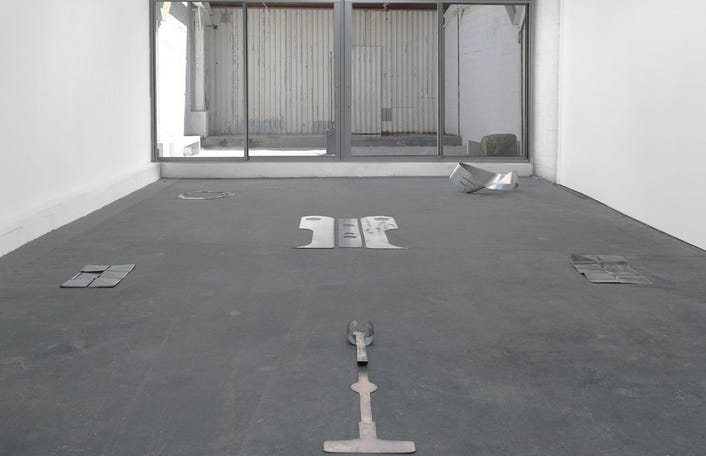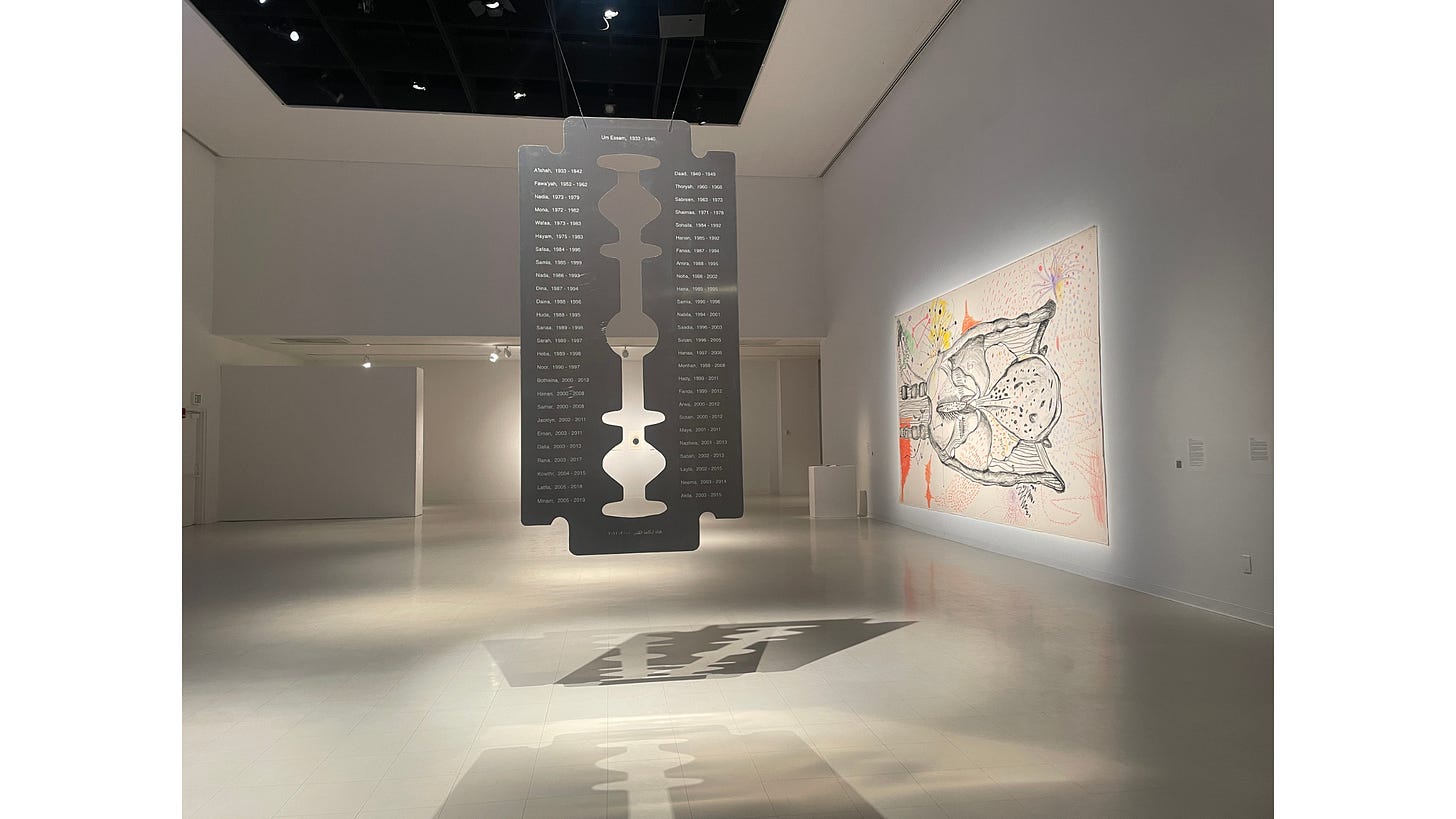On the ongoing process of trying to see art in person while you’re teaching, reading, editing, and writing about it for work
In my last post, I had ambitious plans to see art. Over Spring Break, I saw a total of zero shows I’d mentioned on my list, plus three others I hadn’t even planned on attending (one of the unexpected shows was a high-school art competition in Long Island). I also had a stomach bug. This is life as it happens, folks.
Instead, I made it out to some of the shows on my list this past Saturday. I put my hair up wet in one of my many weird ballerina buns and made it out the door at the early hour of 3:00 p.m. It was a sunny day, everyone would be vibing, why anyone care about other people’s hair?
I can be a wallflower. When I was in college, my best friends knew me as someone who would sneak out of parties. Social anxiety at its finest, I didn’t want to say “bye” to everyone and make small talk about it. Now that I’m a grown-up I think it’s fun to partake in the invisible-visible divide in the city, where other people are looking at you just as frequently as they’re not.
Still, it’s hard to be invisible when you’ve been visiting galleries for years and years. As much as I enjoy looking at art by myself, running into and chatting with other people reminds me that I really have no idea what other people are thinking about when they’re looking at art. That’s a reassuring part about the bigness of art, the body, and the brain.
At Mira Dayal’s show at Spencer Brownstone Gallery, I was thinking about Foucault and disciplinary structures of administration—it’s difficult to turn off Academic Brain. Part of that was a misreading based on the Stony Brook MFA show I’d seen over Spring Break, wherein I encountered another enlarged metal form, though they’re pretty dissimilar, with different approaches to materials, narrative, exhibition space, etc. I could make a list of all the ways—refined/repurposed, intentional/destructive cuts, finality/morphing, etc. Your list will be different from mine, but sometimes there’s some overlap and we can expand our experiences like a big ol’ Venn diagram.


That’s when my educator stress came in. OMG I haven’t been practicing looking enough with my art history students. I don’t want them to think it’s all theory and revisionist history! What if they graduate without knowing that they can think bigly (thanks to Nicole Sansone for making this a word I want to use commonly) through experience???
So I had to do a Minimalism slide comparison in class this week. See, this is made out of wood. This one is made out of metal. But what type of metal? Is it a homey material or an industrial one? Does it look new and fresh? What was it like to walk around a Judd—and no, not what you think the museum text should say. What type of experience is this influencer having in front of the Judd?
One of my students seemed surprised that I like Minimalism. Well, yes, and no. I like Minimalism because it taught me to think with my body.
Thanks for reading, friends!



